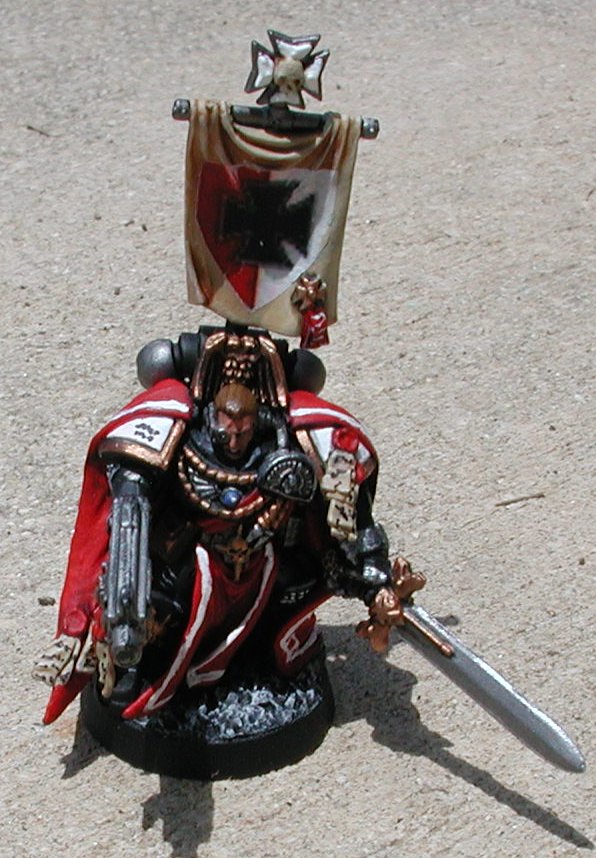In Rhino you can specify units. The units are actually changed and then all calculations are done in those units. In many CAD products, units are only a display attribute. Even though you may have specified millimeters, all of the calculations are actually being done in meters. You just move the decimal place over. This Number Bonds to 20 Activity will engage your class to improve their addition and subtraction Maths sums. The fun robot theme makes learning number bonds more exciting because once they have finished and got all the questions right, why not let them colour the robots in to showcase their work.If you liked this resource, make sure to check out this number bonds to 20 PowerPoint! .
- Change Units In Rhino 8
- Change Units In Rhino
- Change Units Rhino 6
- Change Units In Rhino Software
- How To Change Units In Rhino 6
Quick video
Setting the correct scale and units is immeasurably important. If these items are set incorrectly, objects in your drawing will appear in the wrong size. Length and area measurements will be inaccurate, and your site plan will be generally off.
In a drawing that includes other files attached as Xrefs, these issues become magnified. If the scale and units don't match between your drawing and your Xrefs, you're in for a heap of trouble. If you're reading this page, you might be experiencing an issue with blocks and symbols appearing in the wrong locations, or coming in too big or too small, when you place them.
Are you experiencing this issue in a drawing without Xrefs, or do you suspect that the problem might lie in the blocks themselves? If so, please see our page on Blocks Coming in at the Wrong Scale.
Before you can fix your scale and units, you'll need to detach all files you've attached to your drawing as Xrefs. Follow our instructions to detach Xrefs.
Open each of the Xref files you removed from your drawing in Step 1, and follow our steps to Fix the DWG Units. Match the DWG units to that file's drawing units (the units shown in the Units dialog box), as pictured below.
Open the Units dialog box by typing Units in the Command line.
In this example, the units are set to Decimal Feet.
Type OP in the Command line and press Enter to open the CAD Options dialog box.
Select the Open and Save tab. Then set the Demand load ObjectARX apps menu to Command invoke.
Don't see topography, grading, or other linework from a civil engineer's drawing after setting this option? Solution >
Complete Step 2 in each of the Xref files.
Quick video

Power Tip: Scale/ Align Images, PDFs, and Linework
1. Open the base file, and go to Model Space.
2. Select everything in Model Space by pressing the CTRL + A keys (Windows keyboard) or the Command + A keys (Mac keyboard).
3. Type Scale in the Command line and press Enter.
4. When prompted, specify a base point.
5. Type R for Reference, and press Enter.
6. When prompted to Select first point, click one end of an object with a known length. Then, when prompted, click a point on the opposite side of that object. This object will become the reference for setting the scale.

The object you select can be anything from a parking space (or row of parking spaces) to a sidewalk or doorway. Because you will be scaling the entire drawing using the length of this object, make sure you know its exact length. The larger the object, the better. That way, if you're a few pixels off in your measurement, the drawing will scale correctly within a few inches
7. When prompted to Specify reference length, type the length of the object you clicked in Step 6, in the correct units for the drawing. For example, if the drawing is in feet, and the object you select is 20 feet 6 inches long, type 20.5 (for 20 1/2 feet).
8. The entire base file will be scaled to the object you selected, in the drawing units. Save the file.
You can also match the scale between your main drawing and Xrefs using the Align command.
1. Your drawing should now be scaled correctly. Use our Viewport Scale tool to set the correct units and scale for your drawing.
2. You can now reattach your Xrefs to your drawing using either our fxREF tool (recommended) or the Xref Manager.
3. Place an object, such as a plant or an irrigation head, in your drawing. It should come in at the correct size.
Quick video
The units in your drawing and the Xref files don't necessarily have to match. If you've set up your files correctly in Step 2 above, the units can differ between the drawing and one or more of the Xrefs.
Change Units In Rhino 8
Open our fxREF tool by typing FXREF in the Command line and pressing Enter.
You should be brought to the location where you have the base file saved. If not, navigate to the proper location and select the base file to open.
Change Units In Rhino
The fxREF dialog box should pop up.
Change Units Rhino 6
While this dialog box is still open, verify that your scale is correct. To verify the scale, check the length of the object you used as the reference in correcting the scale in Step 2. If its length is correct, the scale is correct.
If not, click Cancel and repeat the steps to correct the scale in the base file.
Change Units In Rhino Software
If the scale is correct, click OK to attach the Xref.
How To Change Units In Rhino 6
Our fxREF tool is a great ally in the process of Xrefing files into your drawing. For more information, see our fxREF documentation page as well as our fxREF Power Tip.